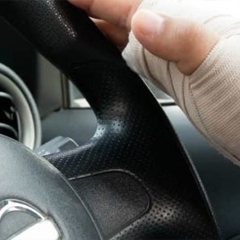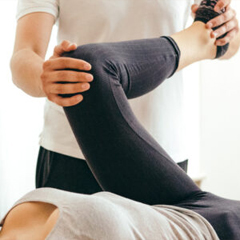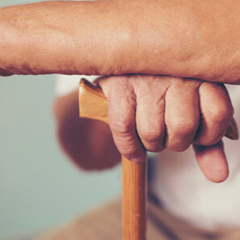What is the meaning of pediatric orthopedics?
Pediatric orthopedics is a medical specialty focused on diagnosing and treating musculoskeletal issues in children. This includes conditions affecting their bones, joints, and muscles. Unlike adults, children’s bodies are still growing, which means their orthopedic care must be custom to accommodate growth and development. Pediatric orthopedists are specially trained to understand these unique needs and provide care that supports healthy growth.
Why would a child need to see an orthopedic doctor?
There are several reasons a child might need to see a pediatric orthopedic doctor. Some common conditions include:
- Abnormalities in the growing process: These can affect how a child’s bones and joints develop.
- Scoliosis: A condition where the spine curves sideways.
- Broken bones: Fractures are common in active children.
- Bone and joint infections: These require prompt medical attention.
- Clubfoot: A birth defect that affects the shape and position of a baby’s foot.
- Sports injuries: Active kids can suffer from overuse injuries or acute injuries like sprains and fractures.
If your child exhibits symptoms such as persistent pain, difficulty walking, or visible deformities, it’s important to consult their pediatrician. They may refer you to a specialist for further evaluation and treatment.
What does orthopedic mean for kids?
For kids, orthopedic care means addressing any issues with their bones, muscles, and joints in a way that supports their ongoing growth and development. Pediatric orthopedists use a variety of treatments, from non-invasive methods like casts and braces to surgical interventions when necessary. They also focus on making the experience as comfortable as possible for children, using child-friendly communication and environments.
By understanding and addressing these unique needs, pediatric orthopedists help ensure that children can grow up healthy and active, with minimal disruptions to their daily lives.
What can I expect during a pediatric orthopedic appointment?
Visiting a pediatric orthopedist can feel overwhelming, but knowing what to expect can make the experience smoother for both you and your child. Here’s a quick guide to what typically happens during an appointment.
The Examination Process
1. Preparing for the Appointment
Before you arrive, gather all necessary medical documents and insurance information. This includes your child’s medical history, any previous test results, and a list of current medications. Having this information handy will help the doctor understand your child’s health background.
2. Discussing Symptoms and Medical History
The doctor will start by asking about your child’s symptoms. Be ready to describe what your child is experiencing, how long the symptoms have been present, and any activities that might have triggered them. The doctor will also review your child’s medical history, including birth history and any family history of similar issues.
3. Physical Examination
The physical exam is custom to your child’s age and specific complaints. For younger children, the doctor might use playful activities to observe how they move. Older children might be asked to perform simple tasks like walking or bending to assess their condition. Parents can often assist during this part to help their child feel comfortable.
4. Diagnostic Tests
Depending on the findings from the physical exam, the doctor may recommend additional tests like an MRI, X-ray, or ultrasound. These tests help provide a clearer picture of what’s happening inside your child’s body. For instance, X-rays can show bone fractures, while MRIs are better for soft tissues like muscles and tendons.
5. Diagnosis and Treatment Plan
Once all the information is gathered, the doctor will explain the diagnosis. They will discuss what’s causing your child’s symptoms and outline a treatment plan. This plan might include non-surgical options like casting or bracing, or in some cases, surgery might be necessary. The treatment plan will be custom to your child’s needs and your family’s preferences, ensuring the best possible outcome.
Each step of the appointment is designed to ensure your child receives the most accurate diagnosis and effective treatment. At Ventura Orthopedics, our pediatric orthopedists are committed to providing compassionate and expert care, helping your child return to their daily activities as soon as possible.
Call Ventura Orthopedics Today!
By choosing Ventura Orthopedics for your child’s orthopedic care, you are ensuring they receive the best possible treatment in a supportive environment. Our goal is to help every child live a healthy, active life, free from pain and limitations. If you have concerns about your child’s musculoskeletal health, we encourage you to reach out to us. Together, we can make a positive difference in your child’s life.















